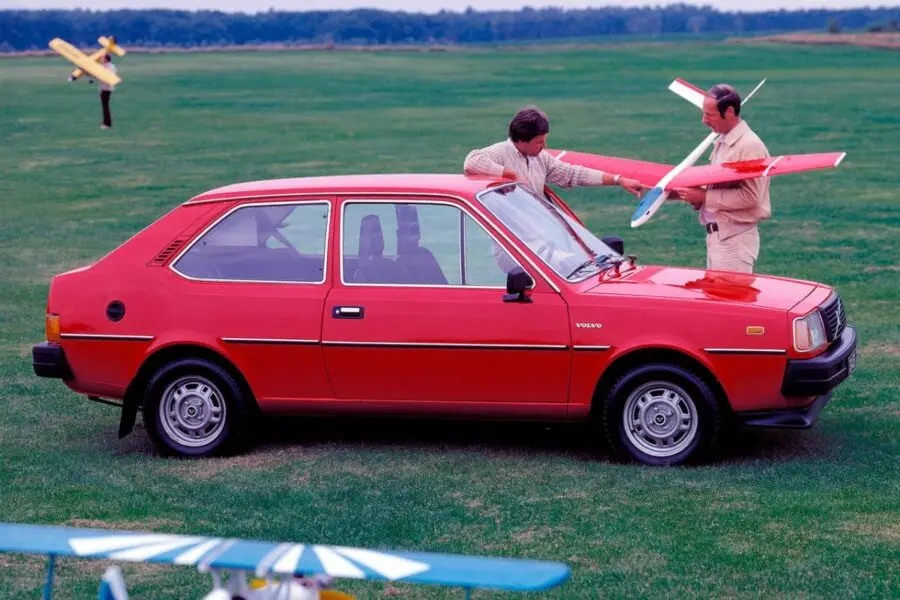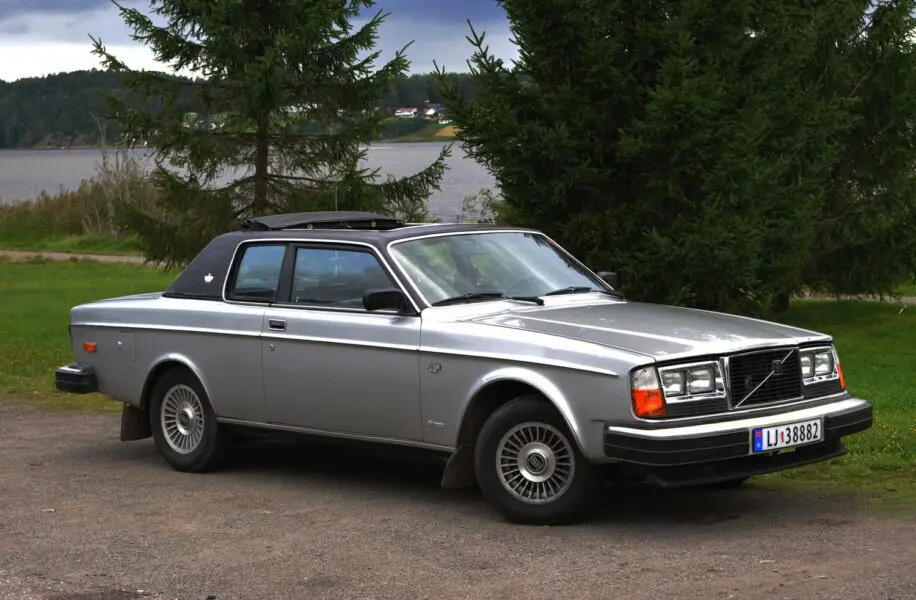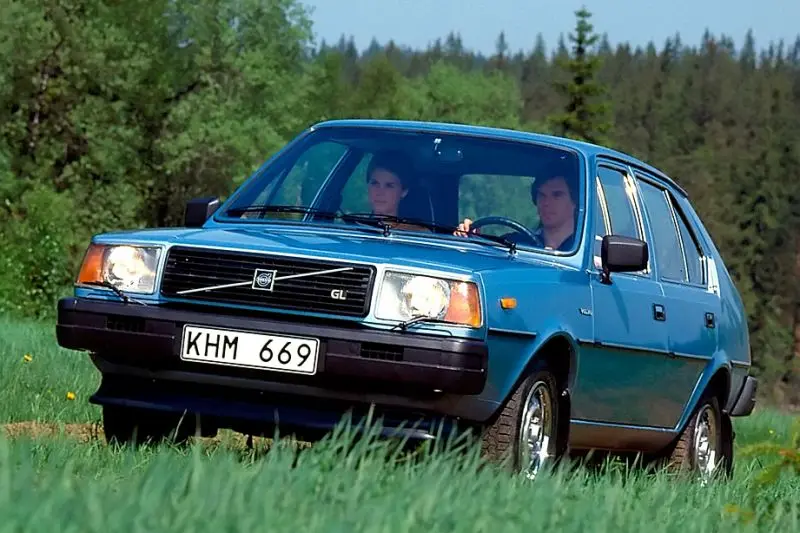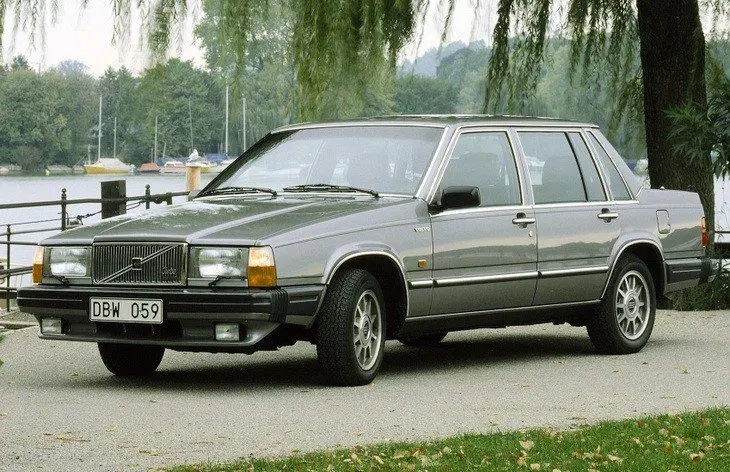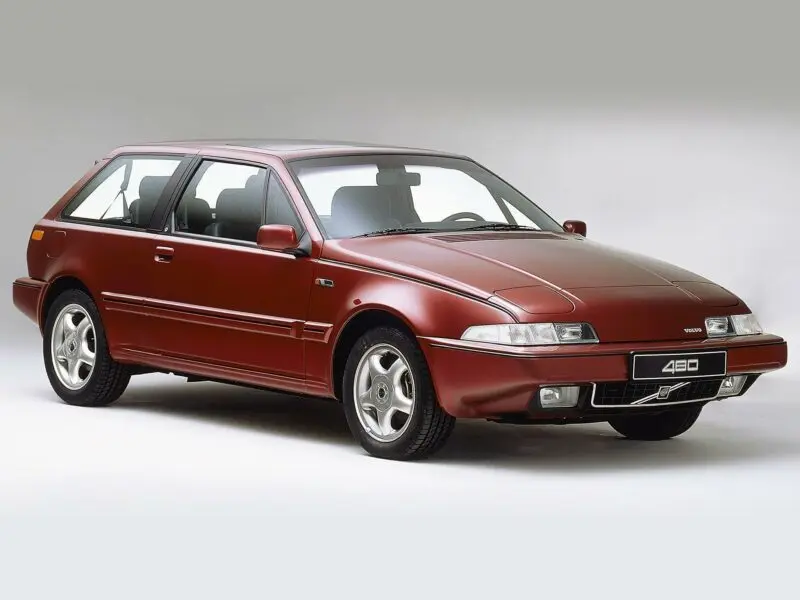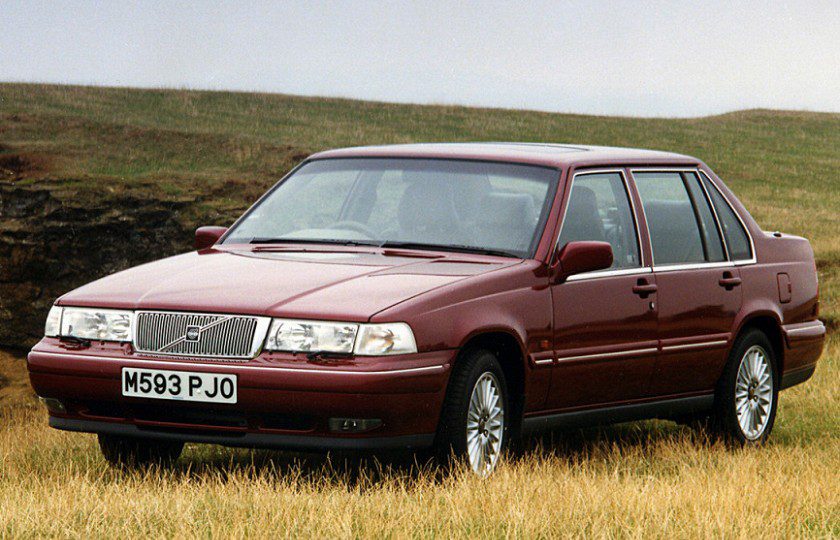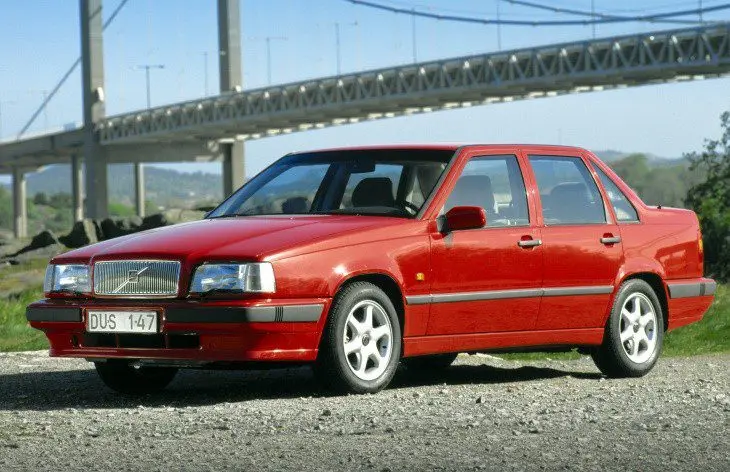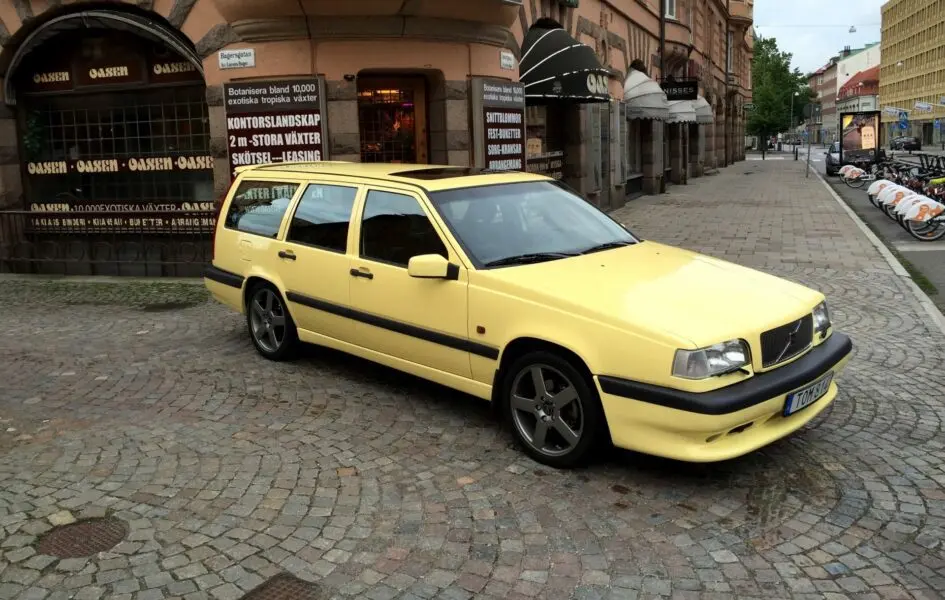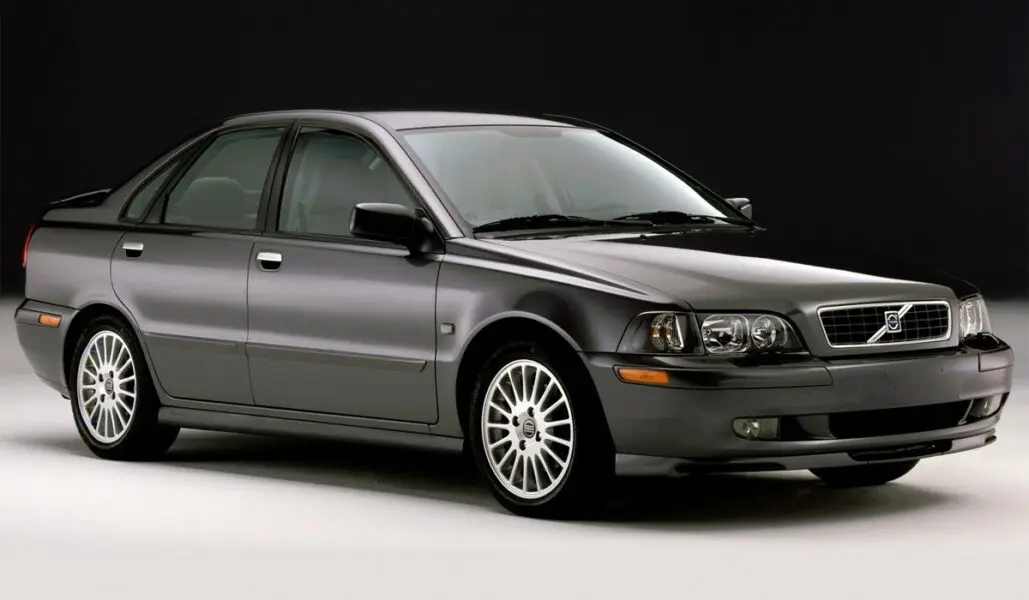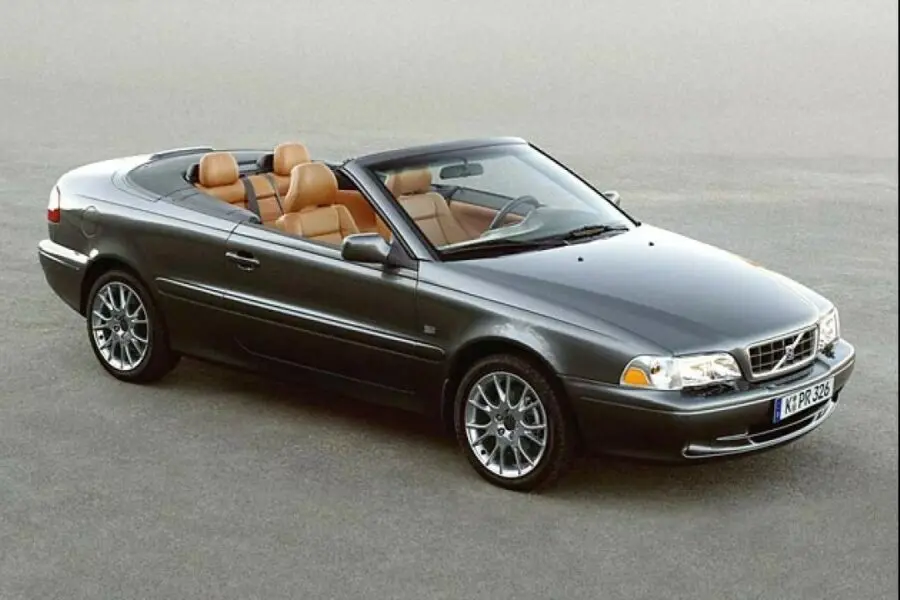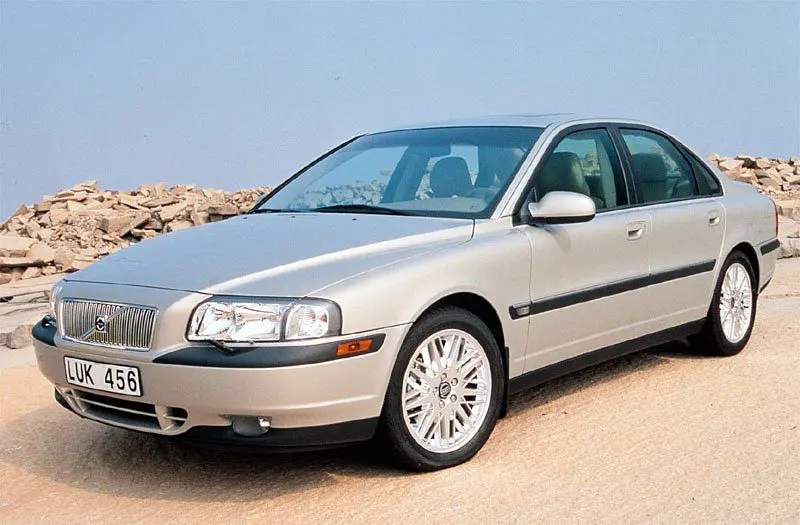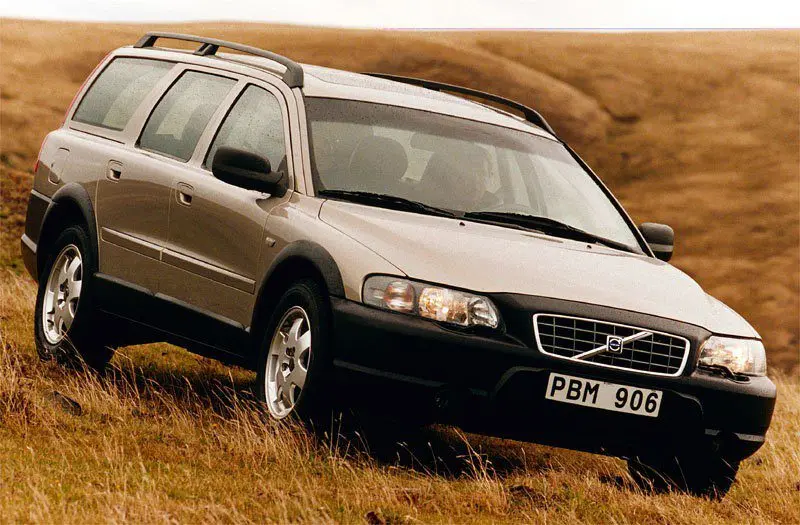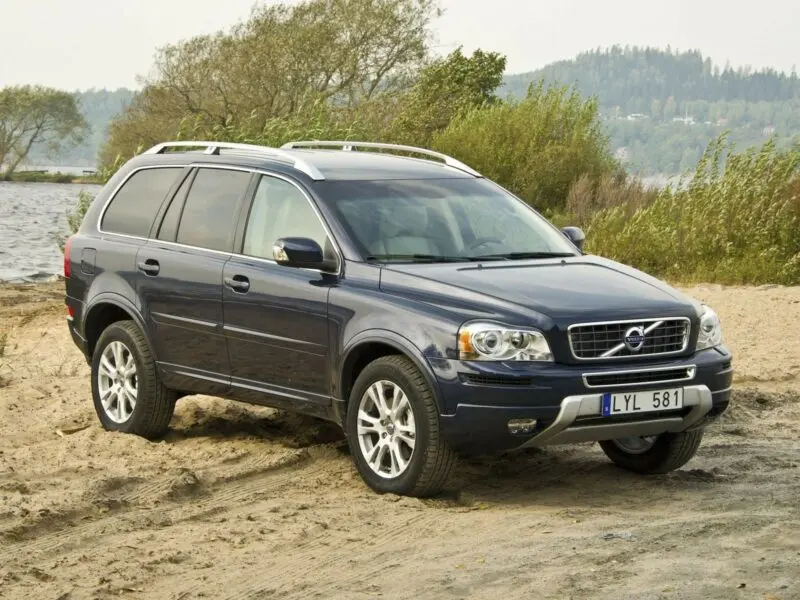
The history of the Volvo car brand
Volvo has built a reputation as an automaker that builds high reliability passenger cars, trucks and special purpose vehicles. The brand has received numerous awards for the development of reliable automotive safety systems. At one time, the car of this brand was recognized as the safest in the world.
Although the brand has always existed as a separate division of certain concerns, for many motorists it is an independent company whose models are worthy of special attention.

Here is the story of this car manufacturer, which is now part of the Geely holding (we have already talked about this automaker a bit earlier).
Founder
1920s in the United States and Europe, interest in the manufacture of mechanical aids grew almost simultaneously. In the 23rd year in the Swedish city of Gothenburg, an automobile exhibition takes place. This event served as an impetus for the popularization of self-propelled vehicles, thanks to which more cars began to be imported into the country.
By the 25th year, the country received about 14 and a half thousand copies of cars from different manufacturers. The policy of many auto manufacturing companies has been to create new vehicles as quickly as possible. At the same time, many, due to tight deadlines, compromised on quality.
In Sweden, the industrial company SKF has been producing the most reliable parts for various mechanical aids for quite some time. The main reason for the popularity of these parts is the mandatory testing of the development before it enters the assembly line.
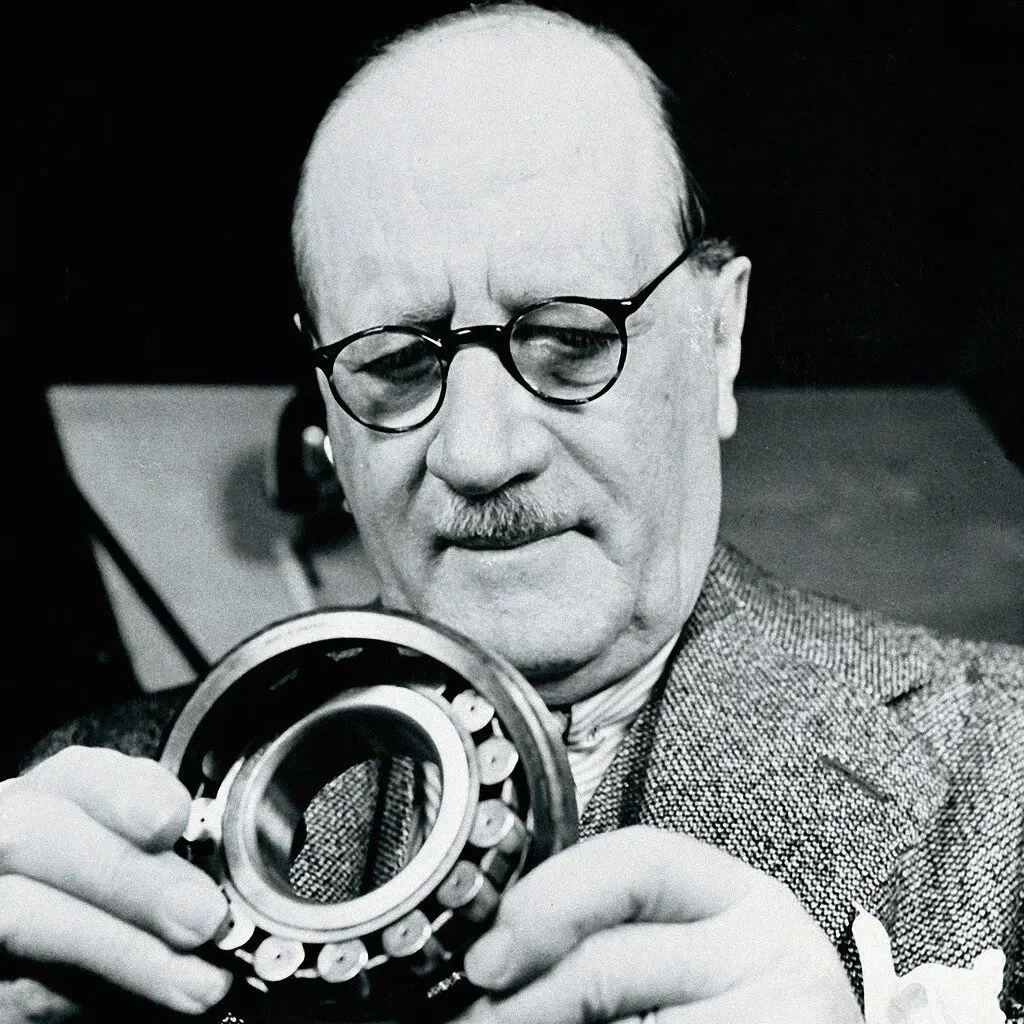
To provide the European market with not only comfortable, but above all safe and durable cars, a small subsidiary of Volvo was created. Officially, the brand was established on April 14.04.1927, XNUMX, when the first Jakob model appeared.
The car brand owes its appearance to two managers of the Swedish parts manufacturer. These are Gustaf Larson and Assar Gabrielsson. Assar was the CEO and Gustaf was the CTO of the newly minted automotive brand.
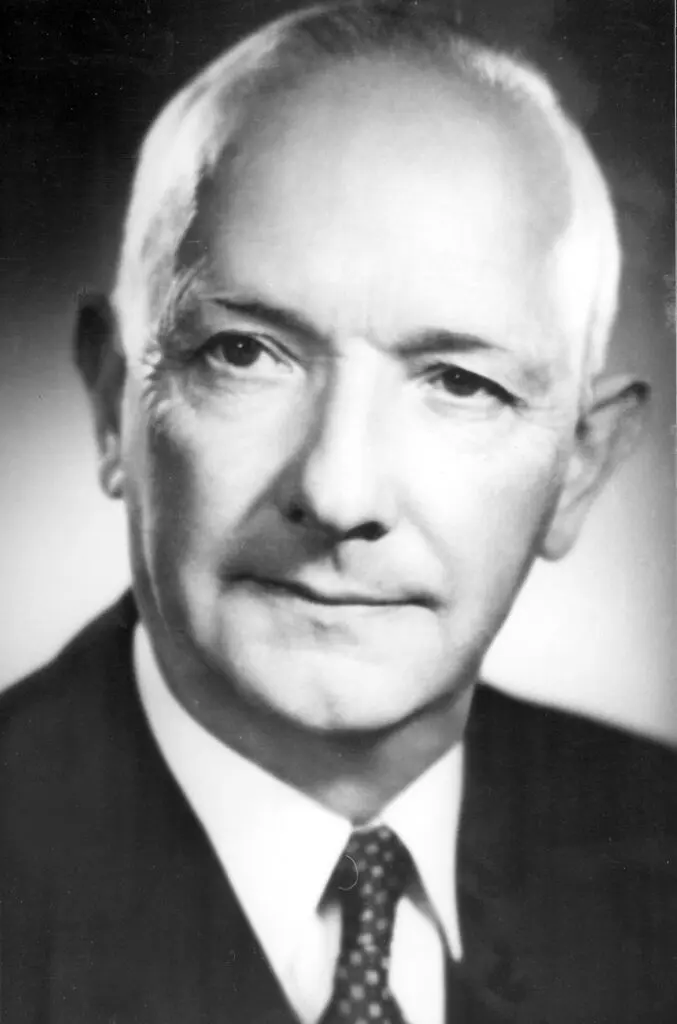
During his years at SKF, Gabrielsson saw the advantage of the products produced by the plant over the counterparts of other companies. This every time convinced him that Sweden could present really decent cars to the world market. A similar idea was supported by his employee, Larson.
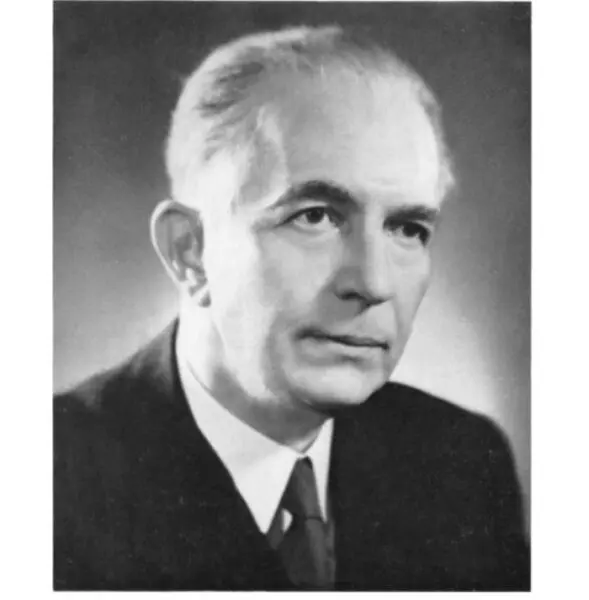
After the partners convinced the company's management of the advisability of creating a new brand, Larson began looking for professional mechanics, and Gabrielsson developed economic schemes and carried out calculations to implement their idea. The first ten cars were created at the expense of Gabrielsson's personal savings. These cars were assembled at the SKF plant, a company that had a share of the new car sales.
The parent company gave freedom to implement engineering ideas to the subsidiary, and also provided the opportunity for individual development. Thanks to this, the new brand had a powerful launching pad, which many of its contemporaries did not have.
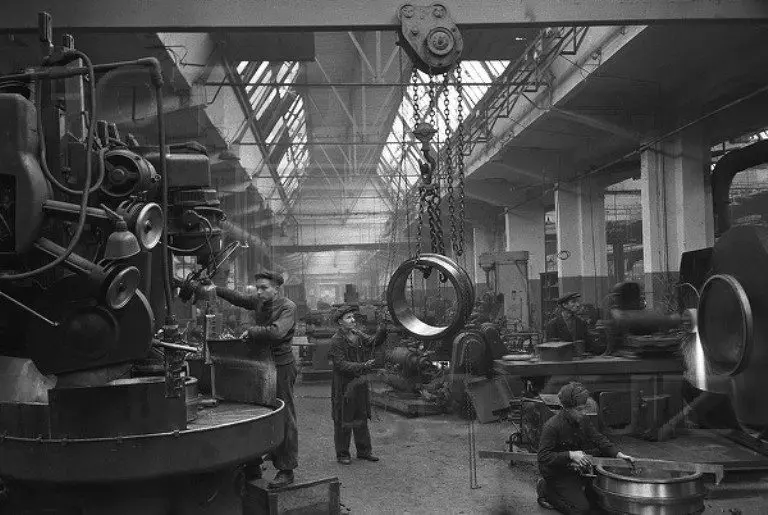
Several factors contributed to the successful development of the company:
- The parent company provided the first equipment for the assembly of Volvo models;
- In Sweden, wages were relatively low, which made it possible to hire a sufficient number of workers for the enterprise;
- This country produced its own steel, which was popular all over the world, which means that high-quality raw materials became available to the new automaker for less money;
- The country needed its own car brand;
- Industry was developed in Sweden, which made it easy to find specialists who could perform qualitatively not only the assembly of transport, but also make spare parts for it.
Emblem
In order for the models of the new car manufacturer to be recognized all over the world (and this was an integral part of the brand's development strategy), a logo was needed that would reflect the company's peculiarity. The Latin word Volvo was taken as the brand name. His translation (I roll) perfectly highlighted the main area in which the parent company excelled - the production of ball bearings.
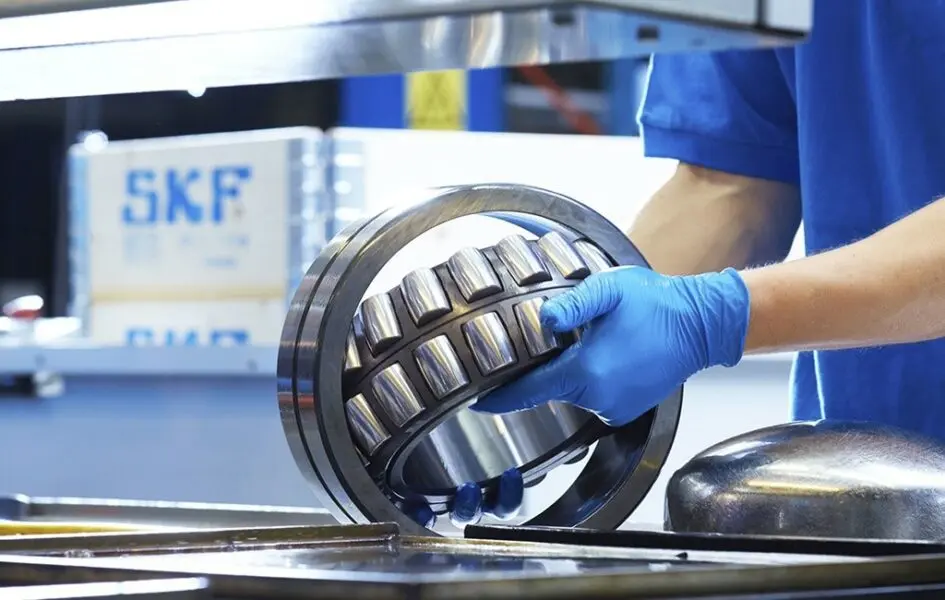
Leiba appeared in 1927. The symbol of iron, which was common in the culture of Western nations, was chosen as a distinctive drawing. It was depicted as a circle with an arrow pointing to its northeastern part. There is no need to explain for a long time why this particular decision was made, because Sweden has a developed steel industry, and its products were exported almost all over the world.
Initially, it was decided to install a badge in the center of the main air intake. The only problem that the designers faced was the lack of a radiator grille on which to attach the emblem. The logo had to be somehow fixed in the center of the radiator. And the only way out of the situation was to use an additional element (called a bar). It was a diagonal strip, to which the badge was attached, and it itself was fixed at the edges of the radiator.

Although modern cars have a protective grille by default, the manufacturer decided to keep the diagonal stripe as one of the key components of the already famous automobile logo.
Vehicle history in models
So, the first model off the Volvo assembly line was the Jakob or OV4. The "firstborn" of the company turned out to be not as high quality as expected. The fact is that during the assembly process the mechanics installed the motor incorrectly. After the problem was solved, the car was still not received with particular admiration by the audience. The reason is that it had an open body, and for a country with a harsh climate, closed cars were more practical.
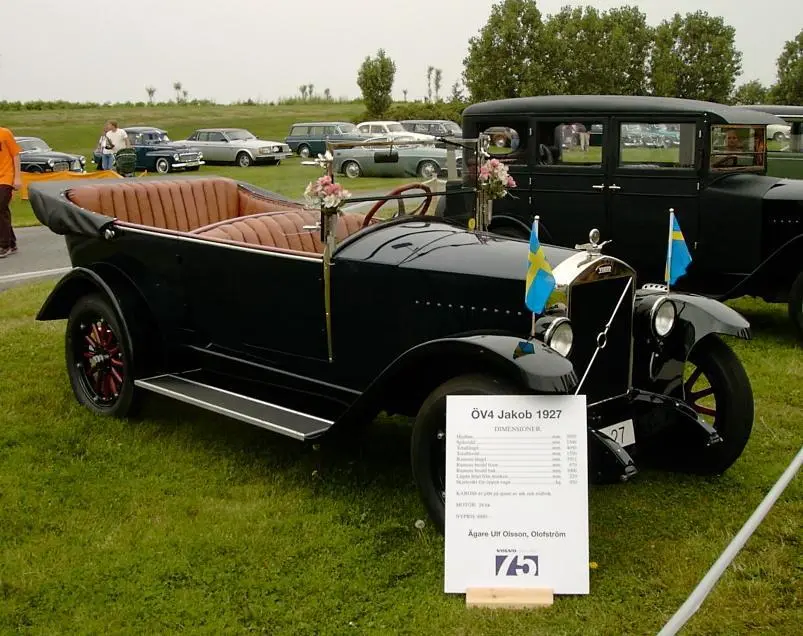
Under the hood of the vehicle, a 28-horsepower 4-cylinder engine was installed, which could accelerate the car to a speed of 90 km / h. a feature of the car was the chassis. The manufacturer decided to use a special wheel design in the first cars. Each wheel had wooden spokes, and its rim was removed.
In addition to shortcomings in the quality of the assembly and design, the company failed to make the car popular, as the engineers devoted too much time to quality, which made the creation of the next instance slow.
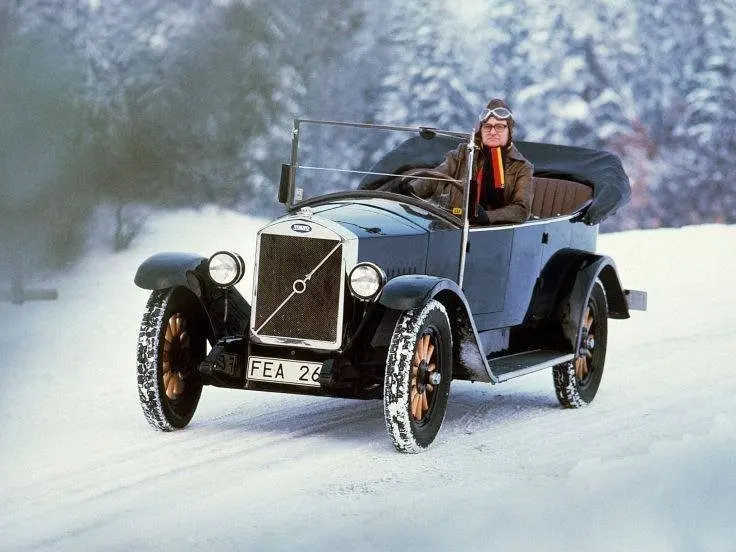
Here are the company's key milestones that have left their mark on its model.
- 1928 The PV4 Special is introduced. This is an extended version of the previous car, only the buyer was already offered two body options: a folding roof or a hard top.

- 1928 - Production of the Type-1 truck begins on the same chassis as the Jakob.

- 1929 - presentation of the engine of its own design. This modification of the six-cylinder unit was received by the PV651 machine (6 cylinders, 5 seats, 1st series).

- 1930 - the existing car is modernized: it receives an elongated chassis, thanks to which already 7 people could sit in the cabin. These were Volvo TR671 and 672. The cars were used by taxi drivers, and if the cabin was completely full, the driver could use a trailer for passengers' luggage.

- 1932 - The car receives further upgrades. So, the power unit became more voluminous - 3,3 liters, thanks to which its power increased to 65 horsepower. As a transmission, they began to use a 4-speed gearbox instead of a 3-speed analogue.
- 1933 - The luxury version of the P654 appears. The car received a reinforced suspension and better sound insulation.
 In the same year, a special car was introduced that never made it to the assembly line because the audience was not ready for such a revolutionary design. The peculiarity of the hand-built Venus Bilo model was that it had good aerodynamic properties. A similar development was applied on some models of later generations.
In the same year, a special car was introduced that never made it to the assembly line because the audience was not ready for such a revolutionary design. The peculiarity of the hand-built Venus Bilo model was that it had good aerodynamic properties. A similar development was applied on some models of later generations.
- 1935 - The company continues to modernize the American vision of automobiles. So, the new 6-seater Carioca PV36 comes out. Starting with this model, cars began to use a protective radiator grill. The first batch of luxury cars consisted of 500 units.
 In the same year, the taxi driver's car received another update, and the engine became more powerful - 80 hp.
In the same year, the taxi driver's car received another update, and the engine became more powerful - 80 hp. - 1936 - The company insists that the very first thing that should be in any car is safety, and then comfort and style. This concept is reflected in all subsequent models. The next generation of the PV version appears. Only now is the model getting the designation 51. This is already a 5-seater luxury sedan, but lighter than its predecessor, and at the same time more dynamic.

- 1937 - The next generation PV (52) gets some comfort features: sun visors, heated glass, armrests in door frames, and folding seat backs.

- 1938 - The PV range receives new modifications with several original factory colors (burgundy, blue and green). Modifications 55 and 56 have a modified radiator grille, as well as improved front optics. In the same year, taxi fleets could purchase the protected model PV801 (the manufacturer installed a strong glass partition between the front and rear rows). The cabin could now accommodate 8 people, taking into account the driver.

- 1943-1944 because of the Second World War, the company cannot produce cars in the usual mode, so it switches to the development of a post-war car. The project went well and resulted in the PV444 concept car. Its release starts in the 44th year. This low-powered 40 horsepower car was the only one (in Volvo's history) to have such low fuel consumption. This factor made the car very popular among motorists with modest material wealth.

- 1951 - after the successful release of the PV444 modifications, the company decided to develop family cars. In the early 50s, the Volvo Duett rolled off the assembly line. It was the same previous subcompact, only the body was changed for the needs of large families.

- 1957 - The Swedish brand embarks on a global expansion strategy. And the automaker decides to win the audience's attention with the new Amazone, in which safety has been improved. In particular, it was the first car to be fitted with 3-point seat belts.

- 1958 - Despite the sales efficiency of the previous model, the manufacturer decides to launch another PV generation. The company is beginning to make itself known at car competitions. Thus, Volvo PV444 takes the award for winning the European Championship in 58th, Grand Prix in Argentina in the same year, as well as in the European women's rally race in 59th.
- 1959 - The company enters the American market with the 122S.

- 1961 - The P1800 sports coupe is introduced and won several design awards.

- 1966 - Production of a safer machine begins - the Volvo144. It used the development of a dual-circuit braking system, and a cardan transmission was used in the steering column so that in the event of an accident it folds up and does not injure the driver.

- 1966 - a more powerful version of the sporty Amazone appears - 123GT.

- 1967 - The assembly of the 145 pickup and the 142S two-door begins at production facilities.

- 1968 - the company presents a new luxury car - Volvo 164. Under the hood of the car, a 145-horsepower engine was already installed, which allowed the car to reach a maximum speed of 145 kilometers per hour.

- 1971 - A new round of bestseller production begins. Many models have already lost their relevance, and it was no longer profitable to modernize them. For this reason, the company is releasing the new 164E, which uses an injection fuel system. The engine power reached 175 horsepower.

- 1974 - Six versions of the 240 are presented
 and two - 260. In the second case, a motor was used, developed by engineers from three companies - Renault, Peugeot and Volvo. Despite their lackluster appearance, the cars received the highest marks in terms of safety.
and two - 260. In the second case, a motor was used, developed by engineers from three companies - Renault, Peugeot and Volvo. Despite their lackluster appearance, the cars received the highest marks in terms of safety. - 1976 - the company presents its development, which is designed to reduce the content of harmful substances in the exhaust of cars due to poor-quality combustion of the air-fuel mixture. The development was named Lambda probe (you can read about the principle of operation of the oxygen sensor separately). The company received an award from an environmental organization for the creation of the oxygen sensor.
- 1976 - In parallel, the economical and equally safe Volvo 343 is announced.

- 1977 - The company, with the help of the Italian design studio Bertone, creates the elegant 262 coupe.

- 1979 - along with the next modifications of already known models, a small sedan 345 with a 70hp engine appears.

- 1980 - the automaker decides to modify the motors existing at that time. A turbocharged unit appears, which was installed on a passenger car.
- 1982 - production of a new product - Volvo760 begins. The peculiarity of the model was that the diesel unit, which was offered as an option, could accelerate a car to a hundred in 13 seconds. At that time, it was the most dynamic car with a diesel engine.

- 1984 - Another novelty from the Swedish brand 740 GLE is released with an innovative motor in which the coefficient of friction of the mating parts has been reduced.

- 1985 - The Geneva Motor Show showed another fruit of the joint work of Swedish engineers and Italian designers - the 780, the body of which passed through the Bertone design studio in Turin.

- 1987 - The new 480 hatchback is introduced with the latest safety systems, independent rear suspension, sunroof, central locking, ABS and other advanced technologies.

- 1988 - The transitional modification 740 GTL appears.
- 1990 - The 760 is replaced by the Volvo 960, which embodies the safety standard, combined with a powerful engine and efficient transmission.

- 1991 - The 850 GL introduces additional safety systems such as side impact protection for the driver and passengers and pre-tensioning of the seat belts before a collision.

- 1994 - The most powerful model in the history of Swedish auto production appears - the 850 T-5R. Under the hood of the car was a turbocharged engine developing 250 horsepower.

- 1995 - As a result of cooperation with Mitsubishi, a model assembled in Holland appears - S40 and V40.

- 1996 - the company introduces the C70 convertible. Production of the 850th series ends. Instead, the model 70 in the S (sedan) and V (station wagon) bodies becomes the conveyor.

- 1997 - the S80 series appears - a business-class car, which is equipped with a turbocharged engine and an all-wheel drive system.

- 2000 - the brand replenishes the line of comfortable station wagons with the Cross Country model.

- 2002 - Volvo becomes a manufacturer of crossovers and SUVs. The XC90 was presented at the Detroit Auto Show.

In 2017, the brand's management made a sensational statement: the automaker is moving away from the production of cars equipped exclusively with internal combustion engines, and switches to the development of electric vehicles and hybrids. Recently, the Swedish company also planned to limit the top speed of its vehicles abroad to 180 km / h in order to improve road safety.
Here's a short video on why Volvo cars are still considered the safest:
Questions and answers:
Who owns Volvo? Volvo Cars is a Swedish car and truck manufacturer founded in 1927. Since March 2010, the company has been owned by the Chinese manufacturer Geely Automobile.
Where is the Volvo XC90 made? Contrary to popular belief that Volvo models are assembled in Norway, Switzerland or Germany, European factories are located in Torslanda (Sweden) and Ghent (Belgium).
How is the word Volvo translated? The Latin “Volvo” was used by SRF (the parent brand of the firm) as a slogan. Translated as "spinning, spinning." Over time, the "roll" option became established.
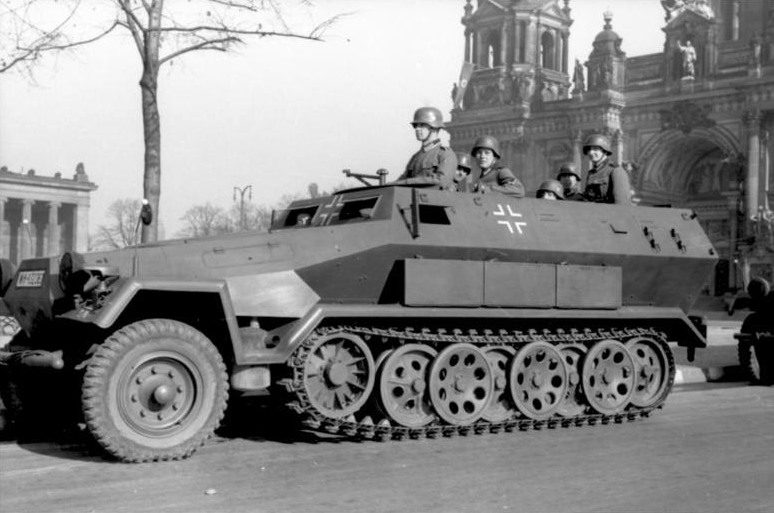
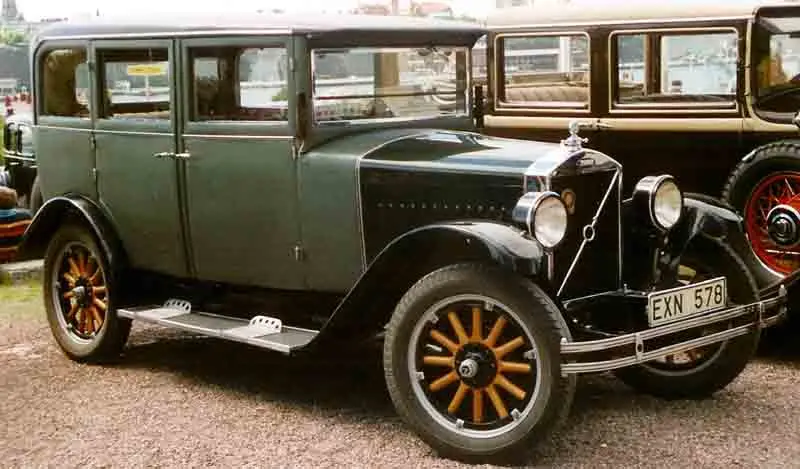
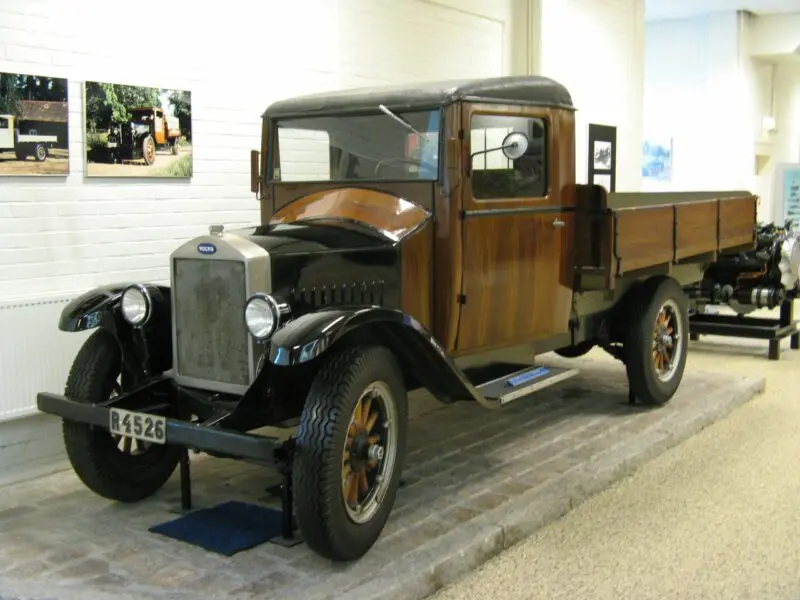
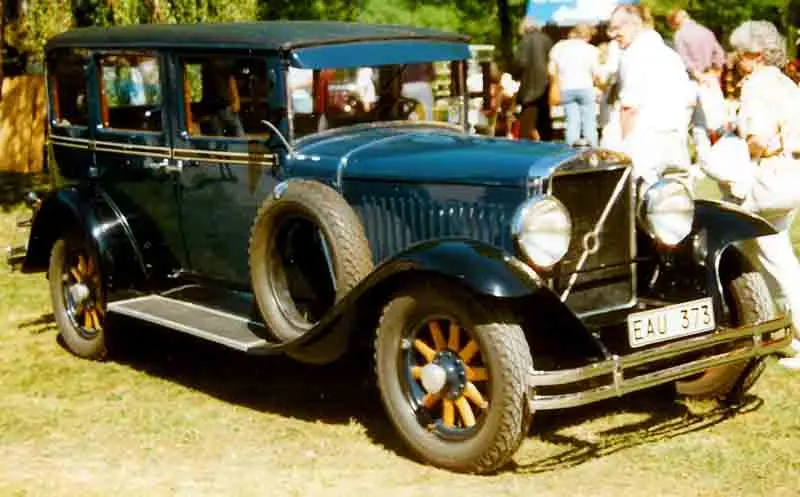
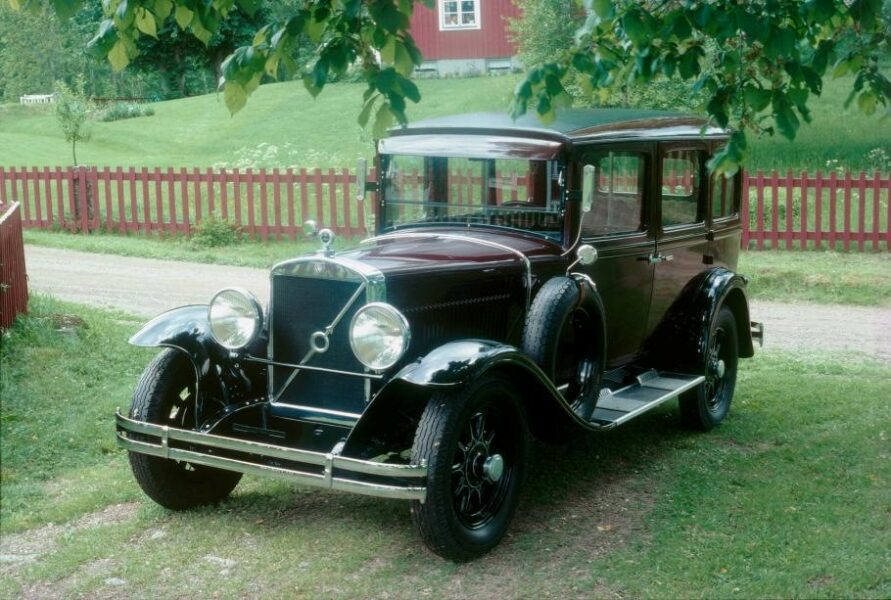
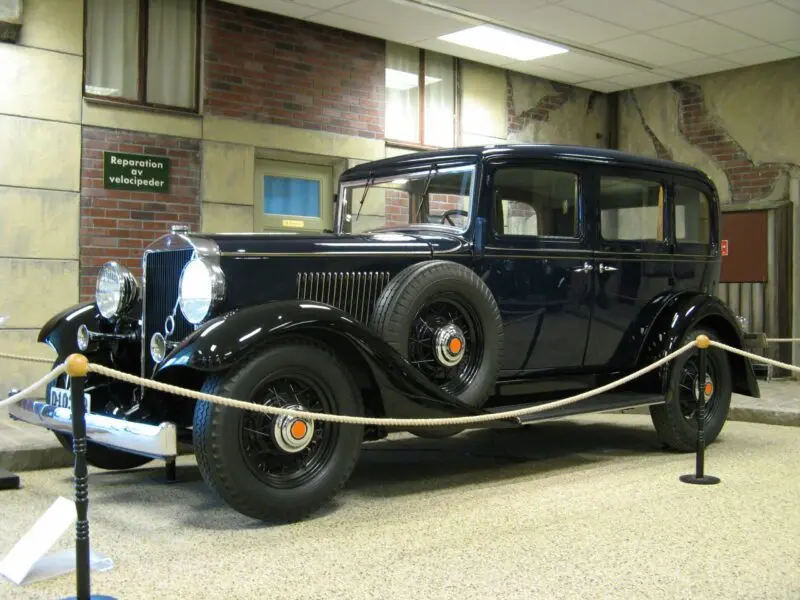 In the same year, a special car was introduced that never made it to the assembly line because the audience was not ready for such a revolutionary design. The peculiarity of the hand-built Venus Bilo model was that it had good aerodynamic properties. A similar development was applied on some models of later generations.
In the same year, a special car was introduced that never made it to the assembly line because the audience was not ready for such a revolutionary design. The peculiarity of the hand-built Venus Bilo model was that it had good aerodynamic properties. A similar development was applied on some models of later generations.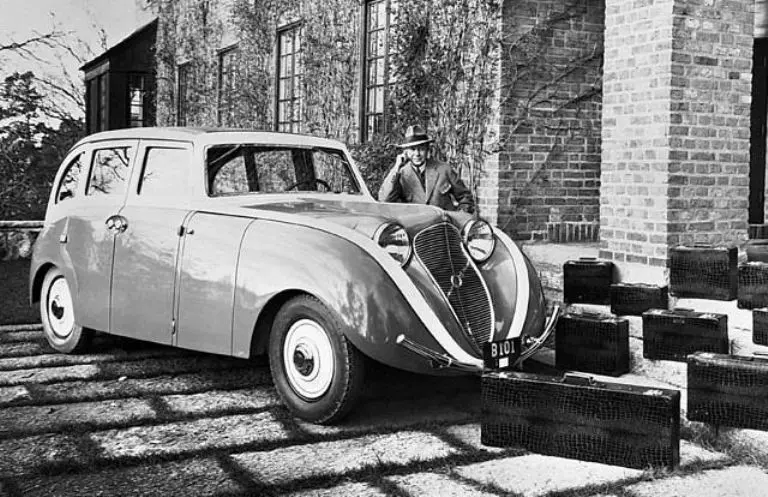
 In the same year, the taxi driver's car received another update, and the engine became more powerful - 80 hp.
In the same year, the taxi driver's car received another update, and the engine became more powerful - 80 hp.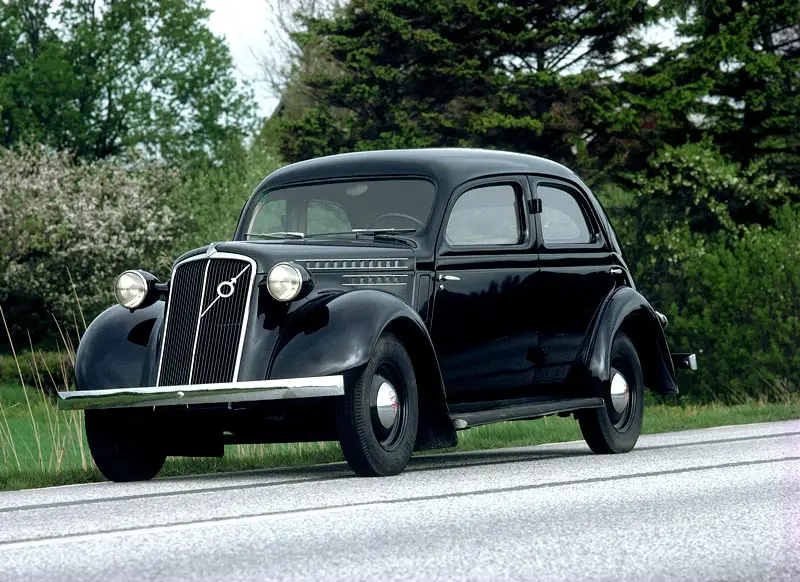
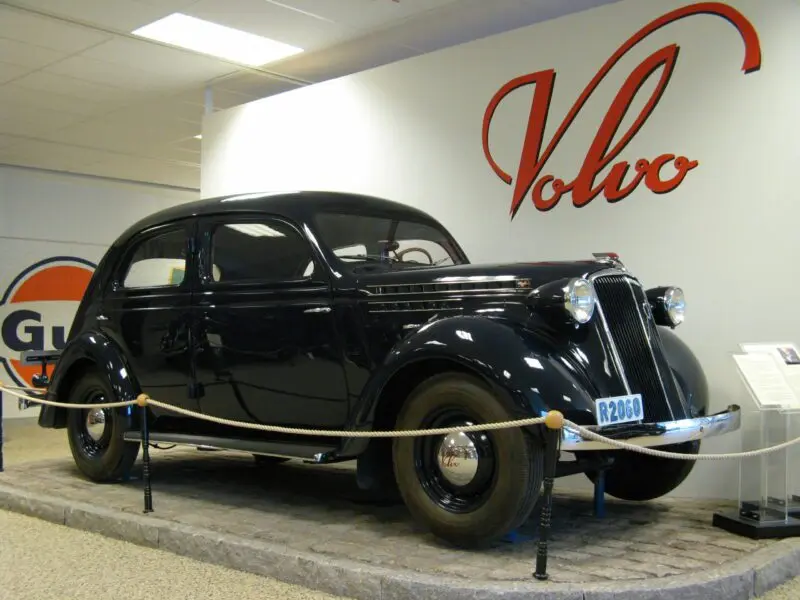
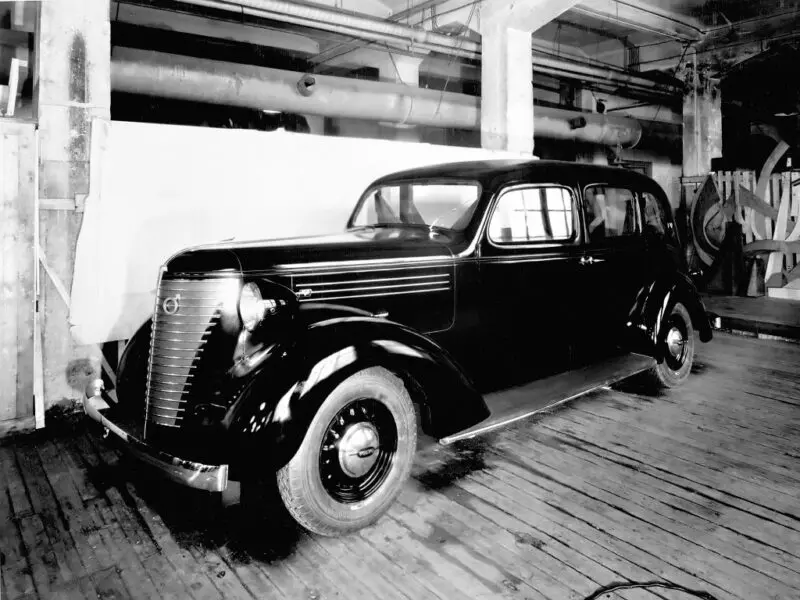
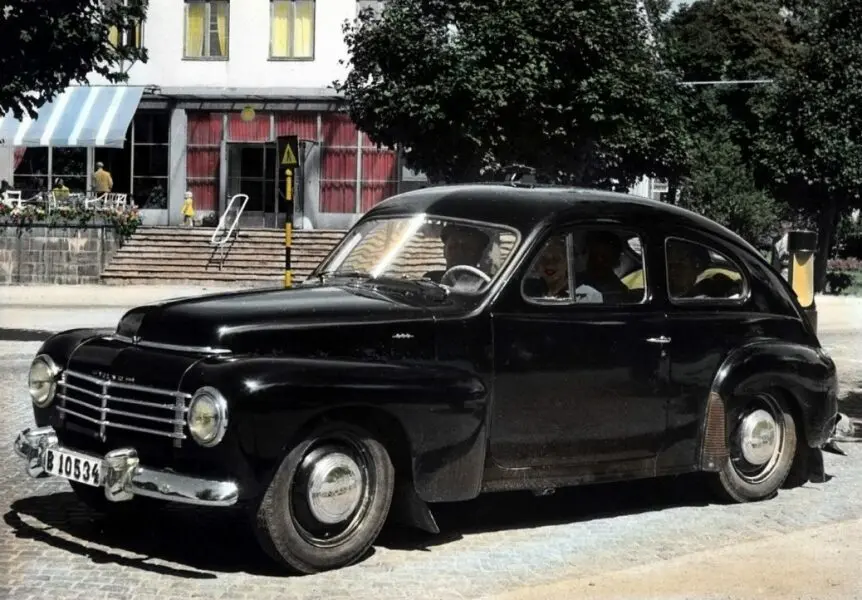
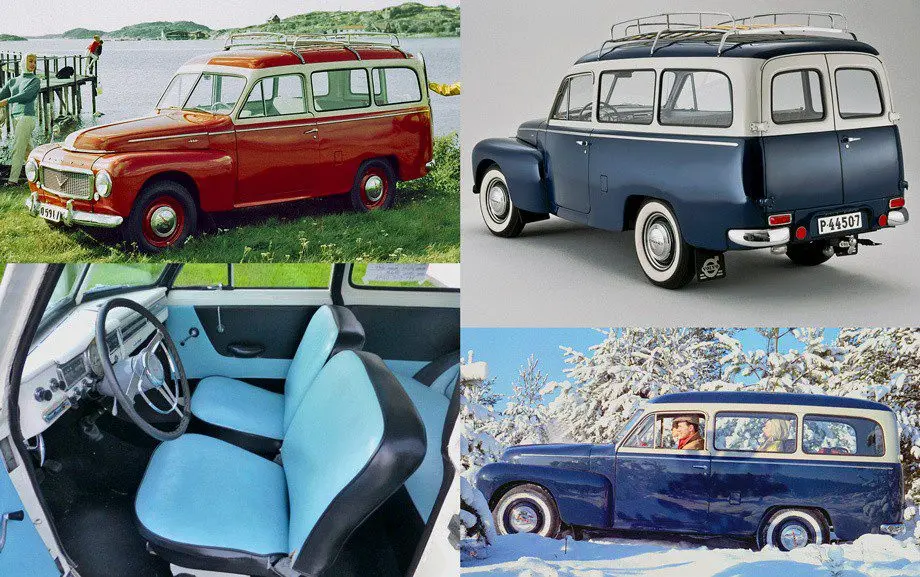
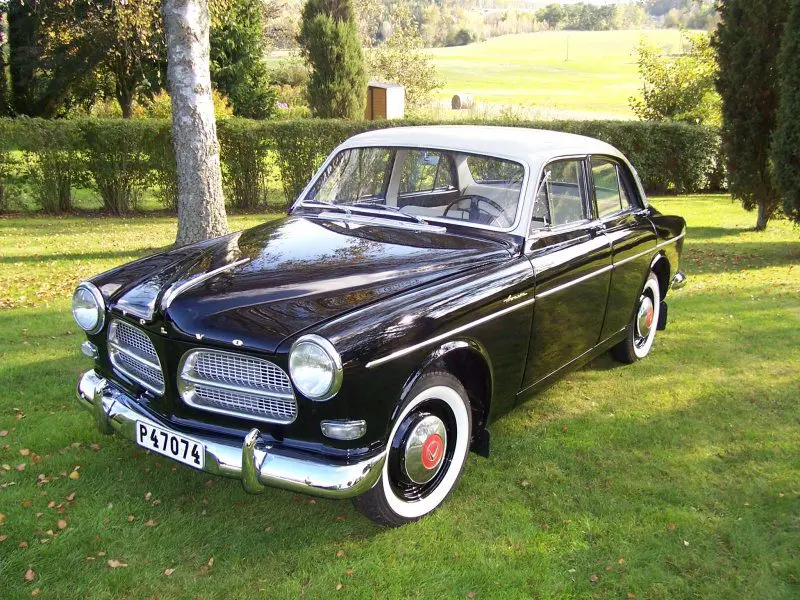
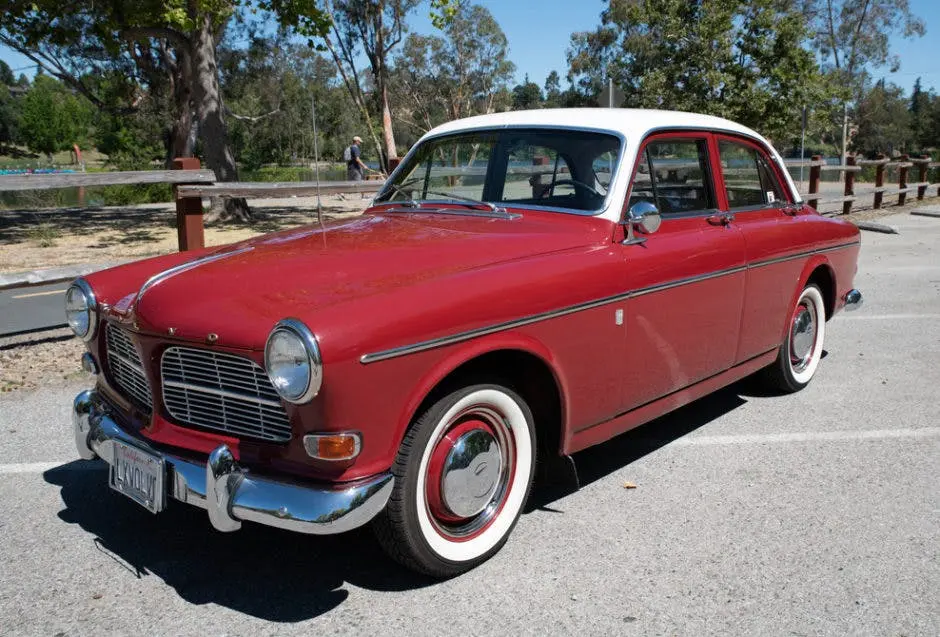
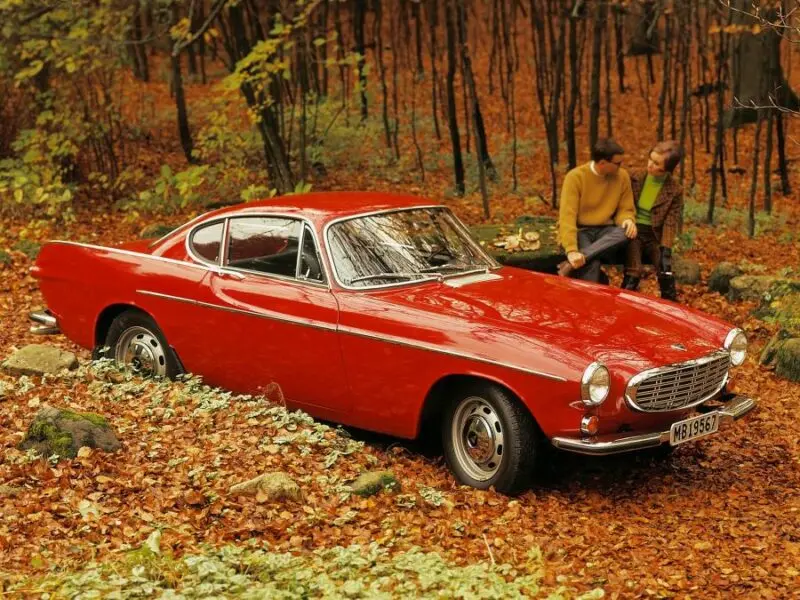
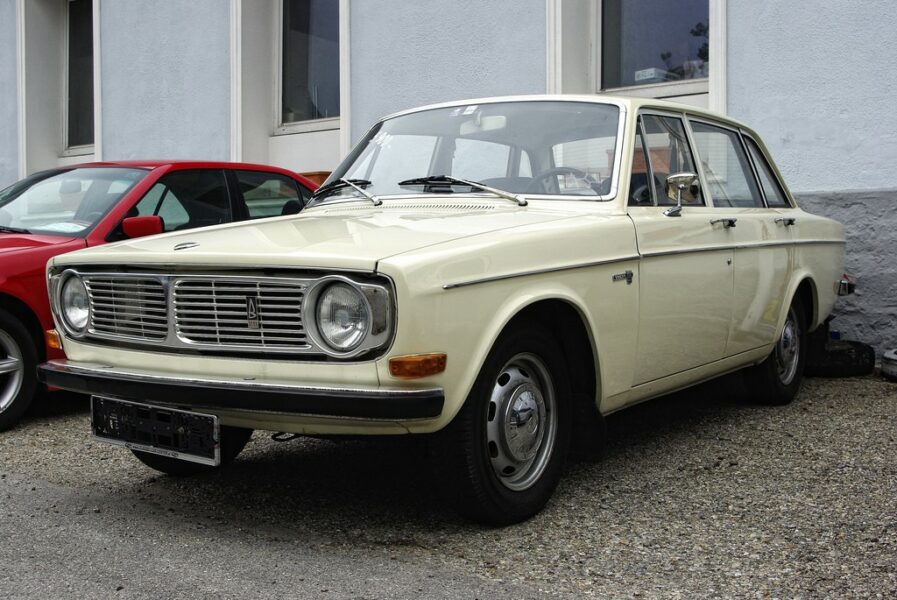

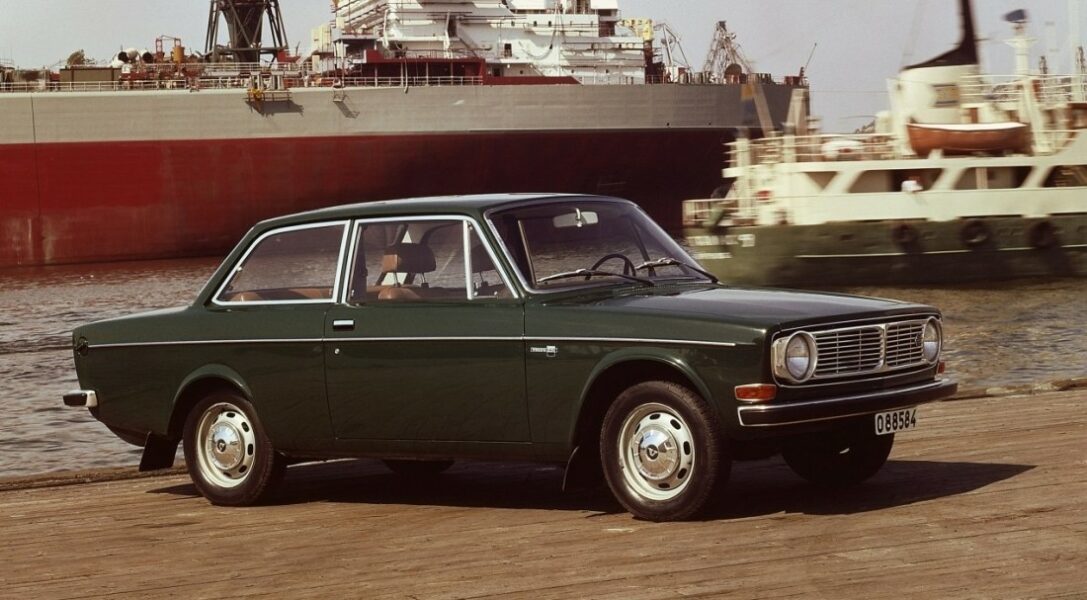
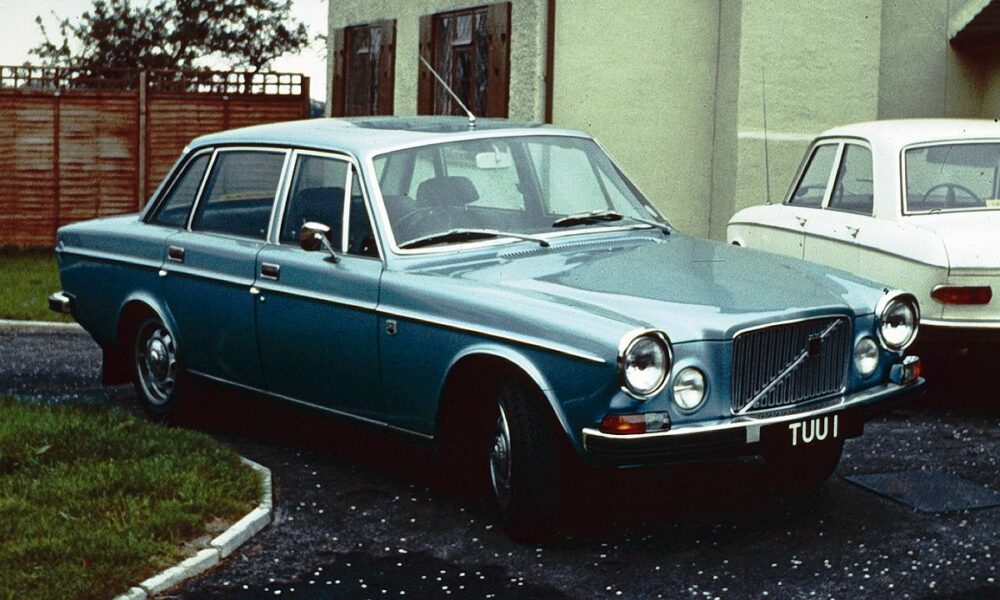
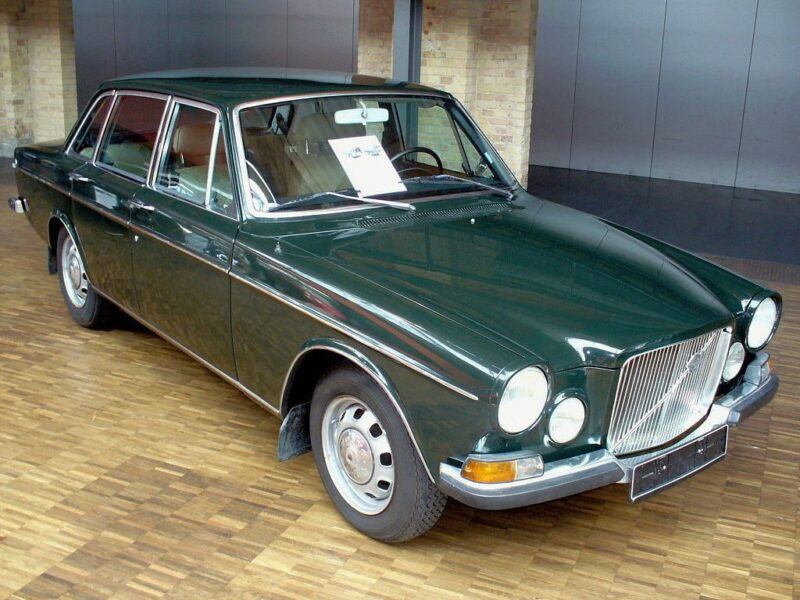
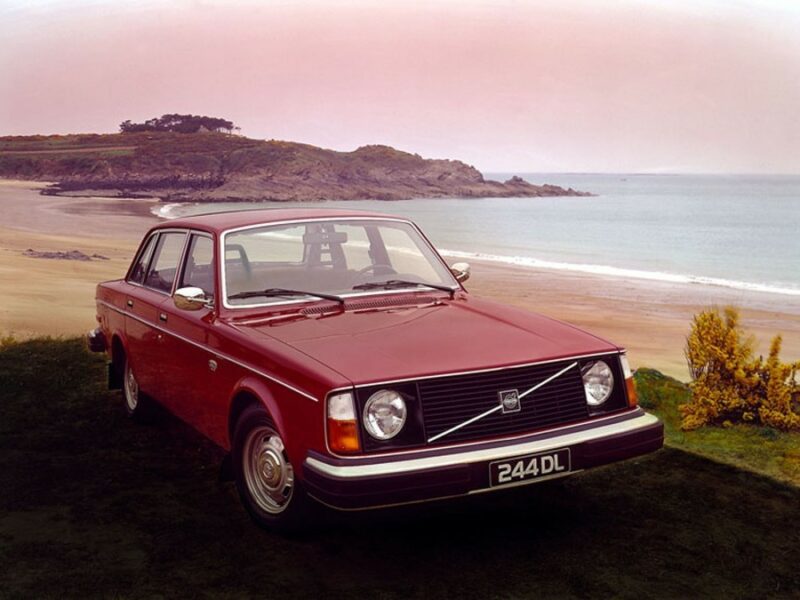 and two - 260. In the second case, a motor was used, developed by engineers from three companies - Renault, Peugeot and Volvo. Despite their lackluster appearance, the cars received the highest marks in terms of safety.
and two - 260. In the second case, a motor was used, developed by engineers from three companies - Renault, Peugeot and Volvo. Despite their lackluster appearance, the cars received the highest marks in terms of safety.